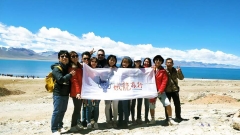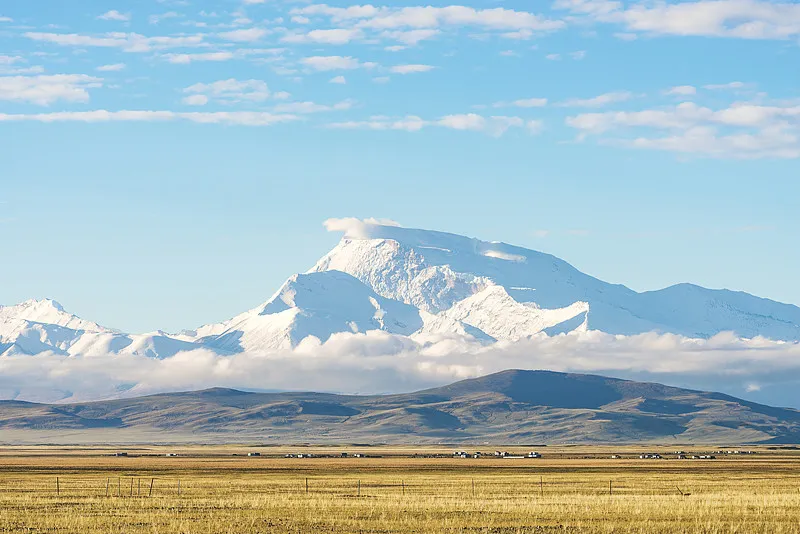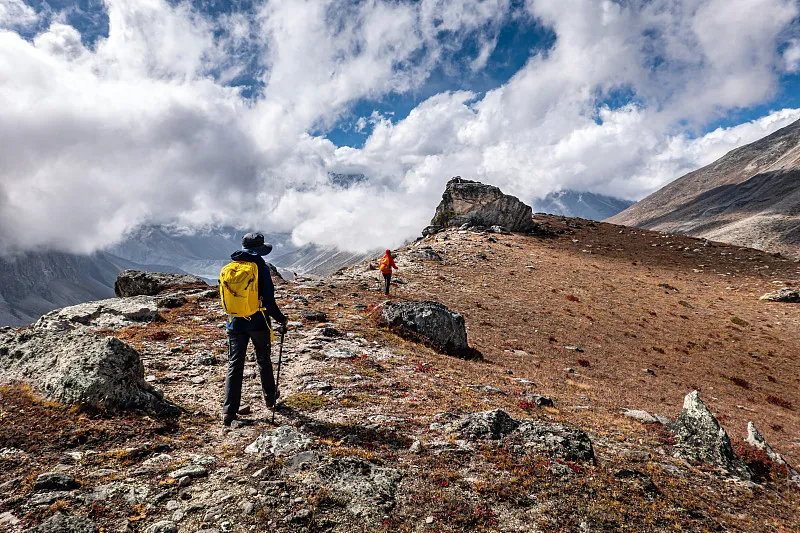Every culture has its own way of welcoming a new year, and in Tibet, this momentous occasion is marked by Losar, the Tibetan New Year festival. Unlike the fireworks and countdowns of the Western calendar or the dragon dances of the Chinese Spring Festival, Losar carries a unique blend of ancient rituals, Buddhist traditions, and family gatherings. It is the most important celebration in Tibet, lasting up to two weeks and filling the plateau with prayer, color, and joy.
The Origins of Losar
The Losar Festival has deep historical roots, dating back more than 2,000 years to the pre-Buddhist Bon religion. Originally, it was an agricultural festival that marked the end of the harvest season and the offering of incense to local spirits. With the introduction of Buddhism to Tibet, Losar absorbed new meanings, blending local customs with Buddhist practices. Today, it serves both as a cultural celebration and a spiritual renewal.
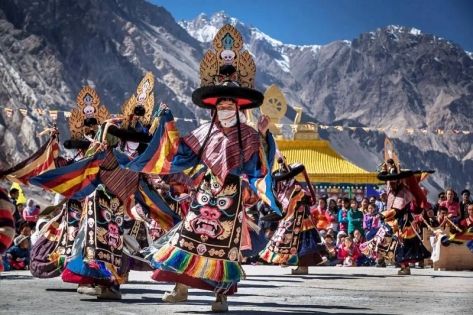
Losar (Tibetan New Year)
Preparations Before Losar
For Tibetans, preparing for Losar is just as important as the festival itself. Weeks before the New Year:
-
House Cleaning: Families thoroughly clean their homes to sweep away bad luck and make space for blessings in the new year.
-
Shopping and Cooking: Special foods are prepared, including dried fruits, yak butter, barley flour, and dried cheese. One dish, Guthuk, a noodle soup with symbolic ingredients, is eaten on New Year’s Eve.
-
Decoration: Prayer flags are renewed, and altars are filled with offerings to the deities.
This preparation process creates a festive atmosphere across Tibetan towns and villages.
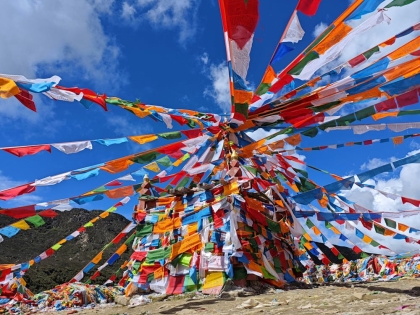
Flying prayer flags
The First Day of Losar
On the first day, Tibetans wake early, dress in their best traditional clothes, and make offerings at their household altars. A special beverage called changkol, made from barley wine, is consumed, symbolizing prosperity. Families gather to share kapse (deep-fried pastries), butter tea, and other traditional dishes.
Unlike in many other cultures, the first day of Losar is usually spent at home with family, in an atmosphere of prayer and peace.
Rituals and Monastery Celebrations
Tibetan monasteries play a central role during Losar. In the days leading up to the festival, monks perform elaborate rituals to expel evil spirits and invite positive energies for the year ahead. Dramatic Cham dances, featuring monks in colorful masks and costumes, symbolize the victory of good over evil.
Major monasteries such as Drepung, Sera, and Tashilhunpo attract thousands of worshippers, who come to light butter lamps, offer incense, and chant prayers. For Tibetans, these ceremonies ensure blessings for the coming year.
Social Gatherings and Family Bonds
Losar is also a time for family reunions and social visits. Relatives exchange gifts, usually in the form of food, tea, or khata (white ceremonial scarves). Younger family members pay respects to elders, while friends gather to share songs and dance.
It is a period of laughter, joy, and storytelling, strengthening community bonds in the high-altitude land where winters are long and harsh.
Fun Things to Do in Tibet During Losar (For Travelers)
For travelers lucky enough to visit Tibet during Losar, the festival provides a once-in-a-lifetime cultural experience. Streets in Lhasa and other towns are filled with locals in vibrant attire, offering great opportunities for photography and cultural immersion. Visitors can:
-
Watch Cham dances in monasteries, a rare performance outside of special festivals.
-
Taste festive foods like Guthuk noodles and butter tea alongside local families.
-
Join in butter lamp ceremonies, witnessing thousands of glowing flames illuminating temples at night.
-
Experience Tibetan hospitality, as locals often invite guests to share drinks and snacks.
While Tibet’s winter can be cold, the warmth of Losar celebrations makes this season an unforgettable time to visit.
The Second and Third Days of Losar
The second day, known as King’s Losar, is traditionally reserved for honoring religious and community leaders. Tibetans may visit monasteries to make offerings and receive blessings. On the third day, families go outdoors to hang new prayer flags on mountainsides and rooftops, letting the wind carry their prayers across the land.
These days are filled with outdoor activities, songs, and sometimes horse racing or traditional sports.
Symbolism of Losar Traditions
Every detail of Losar carries symbolic meaning:
-
Fire and incense represent purification and renewal.
-
Butter lamps symbolize wisdom and the light of compassion.
-
Prayer flags spread blessings and harmony to all beings.
-
Food offerings express gratitude for abundance and hope for prosperity.
Together, these customs remind Tibetans that the New Year is not only a personal celebration but also a collective prayer for well-being.
Losar Beyond Tibet
Losar is celebrated not only in Tibet but also in Tibetan communities in Nepal, Bhutan, India (Ladakh, Sikkim), and among the Tibetan diaspora worldwide. Each region has its own variations, but the essence of renewal, family, and spirituality remains.
Conclusion
The Losar Festival is more than just a New Year celebration—it is a rich blend of spiritual rituals, cultural traditions, and joyful gatherings. For Tibetans, it marks a time of purification, prayer, and hope for the future. For travelers, experiencing Losar in Tibet offers a rare chance to witness authentic traditions, taste unique foods, and join in the warmth of local communities. In the land known as the “Roof of the World,” Losar is truly the brightest time of the year.






